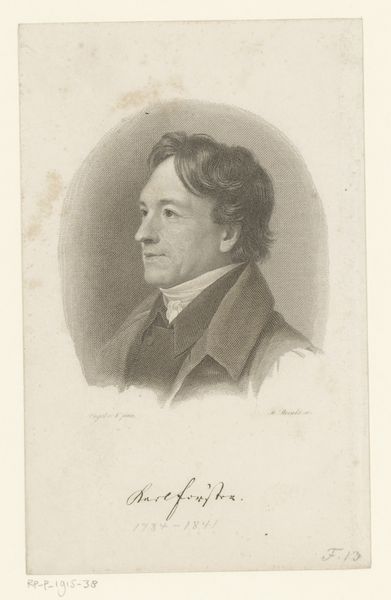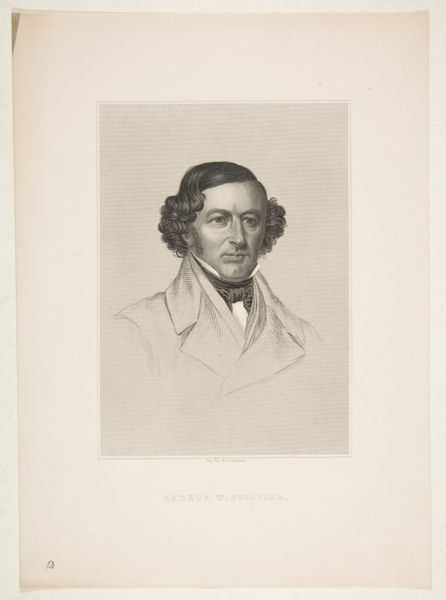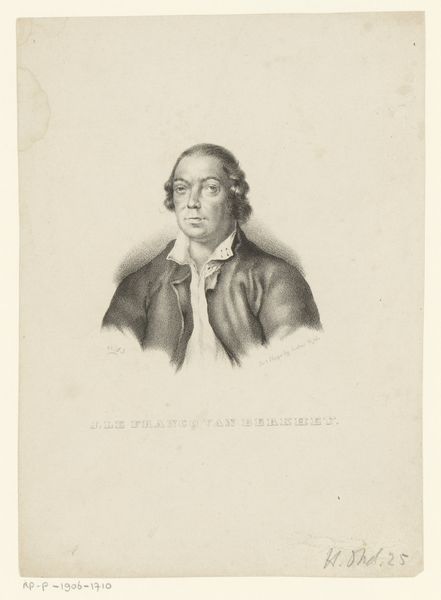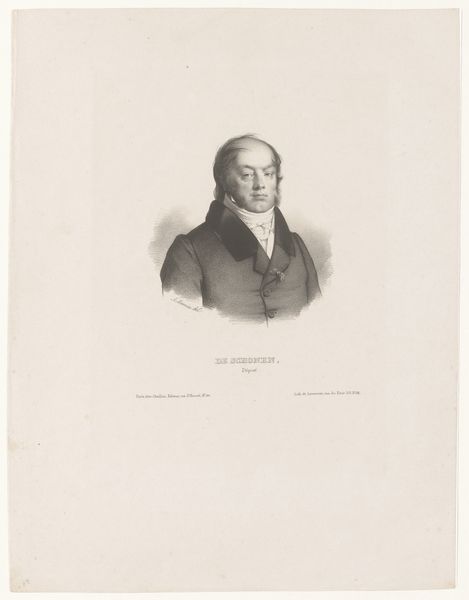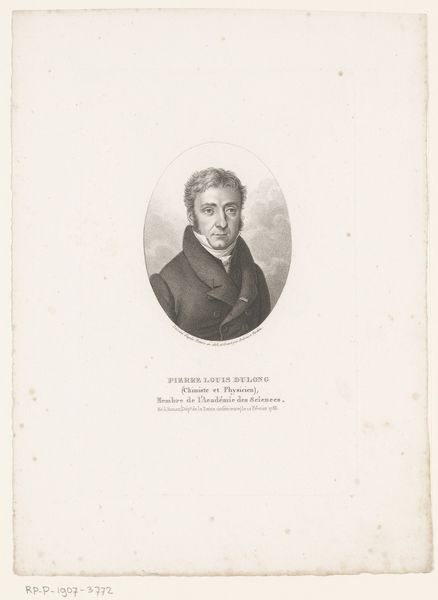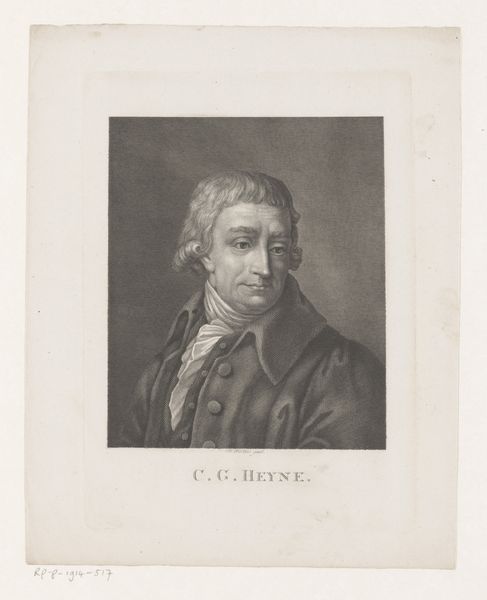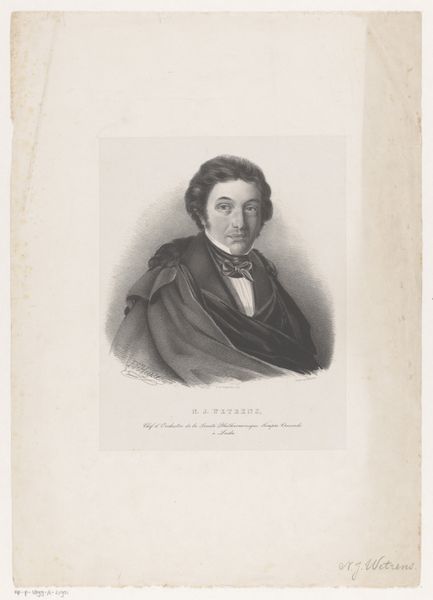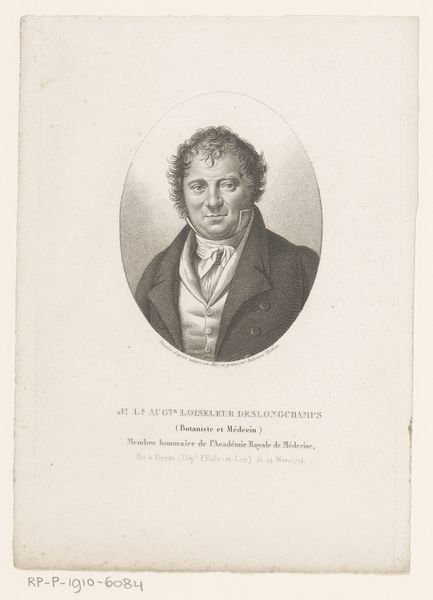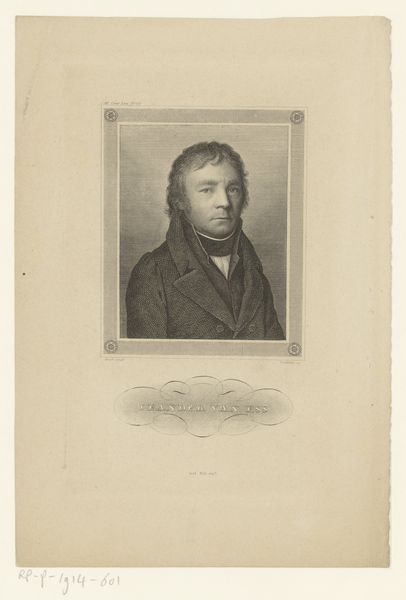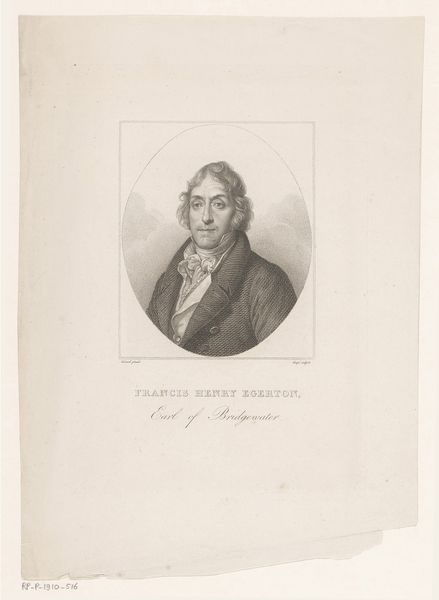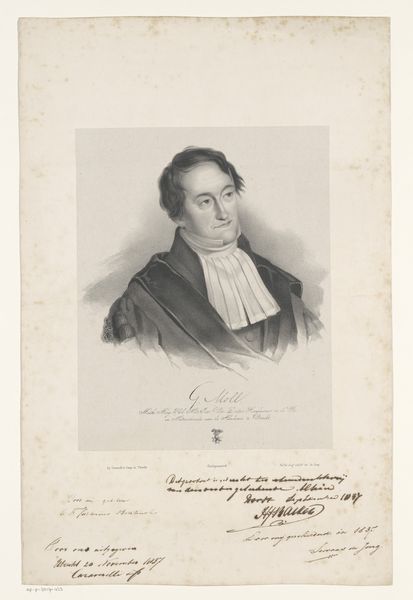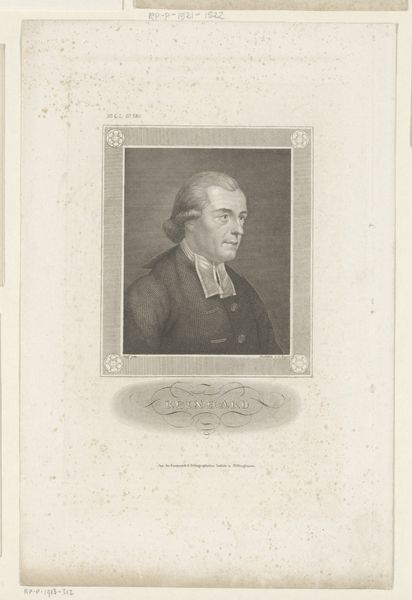
drawing, print, paper, engraving
#
portrait
#
drawing
#
neoclacissism
# print
#
old engraving style
#
paper
#
engraving
#
realism
Dimensions: height 210 mm, width 141 mm
Copyright: Rijks Museum: Open Domain
Editor: This is Friedrich Rossmässler’s “Portret van Friedrich August Benjamin Puchelt,” created in 1829. It's an engraving on paper. The detail is incredible for a print, especially the fur collar. What strikes you when you look at this piece? Curator: Well, first, let's think about engraving as a reproductive technology. It allowed images to circulate widely. This portrait served a social function: elevating Puchelt’s status through its distribution. Consider the engraver's skill—replicating an image while also potentially imbuing it with their own perspective. Editor: So, you’re saying it's less about the individual depicted and more about the engraving process itself? Curator: Not entirely, but the *how* is critical. The labor involved, the materials used, and the intended audience shape our understanding. How does the realism evident in the portrait play into broader trends in artistic production? Did the rise of industrial printing have an impact on fine art engravings like this? Editor: That's a great point! I hadn’t thought about it as a product of a specific material process connected to larger historical trends in labor. The controlled lines versus the potential for mass production creates tension. Curator: Exactly! Thinking about the economics of art production, how engravings were commissioned, bought, and sold gives another dimension to appreciating this work. Also, do we know where Rossmässler sourced his materials and what his tools looked like? What socio-economic bracket do we think the patron and creator occupy? Editor: I've definitely learned to look beyond just the image and think about the hands, materials, and social structures behind its creation. It really brings the artwork to life! Curator: Precisely. Now, every time we engage with art, we will be keen to ask new, more focused questions regarding socio-historical elements.
Comments
No comments
Be the first to comment and join the conversation on the ultimate creative platform.
